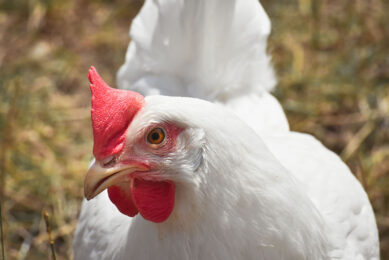Anticoccidial drug resistance in fowl coccidia: the state of play revisited
The development of drug resistance in the Eimeria strains is very common because of extensive use of anticoccidial drugs for the control of avian coccidiosis.
The significance of chemotherapy is evident from the fact that, in spite of advancement in the field of immunological, biotechnological and genetic methods, prophylactic chemotherapy with anticoccidial drugs is still widely used for the control of coccidiosis. In such situations, new drugs should be available to replace the older ones against which resistance has developed, however it takes a long time to develop any new compounds.
It is therefore currently necessary to develop strategies to minimise the emergence of resistance in Eimeria strains and to prolong the effect of available anticoccidial drugs. This paper summarises the resistance status of Eimeria species in different parts of the world and reviews different types of resistance, mechanism of resistance development, factors involved in the development and spread of resistance, management of resistant strains and strategies to preserve the efficacy of the available anticoccidial drugs.
Use of vaccines, synthetic and botanical anticoccidials and educating farmers about recommended coccidiosis control practices are discussed in this review, along with the integration of currently available options for the management of drug resistance and, ultimately, the control of coccidiosis.
Purchase report options:












